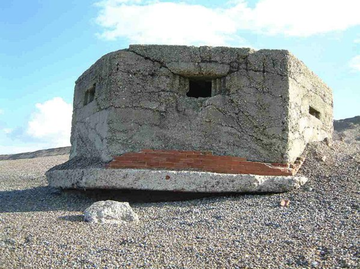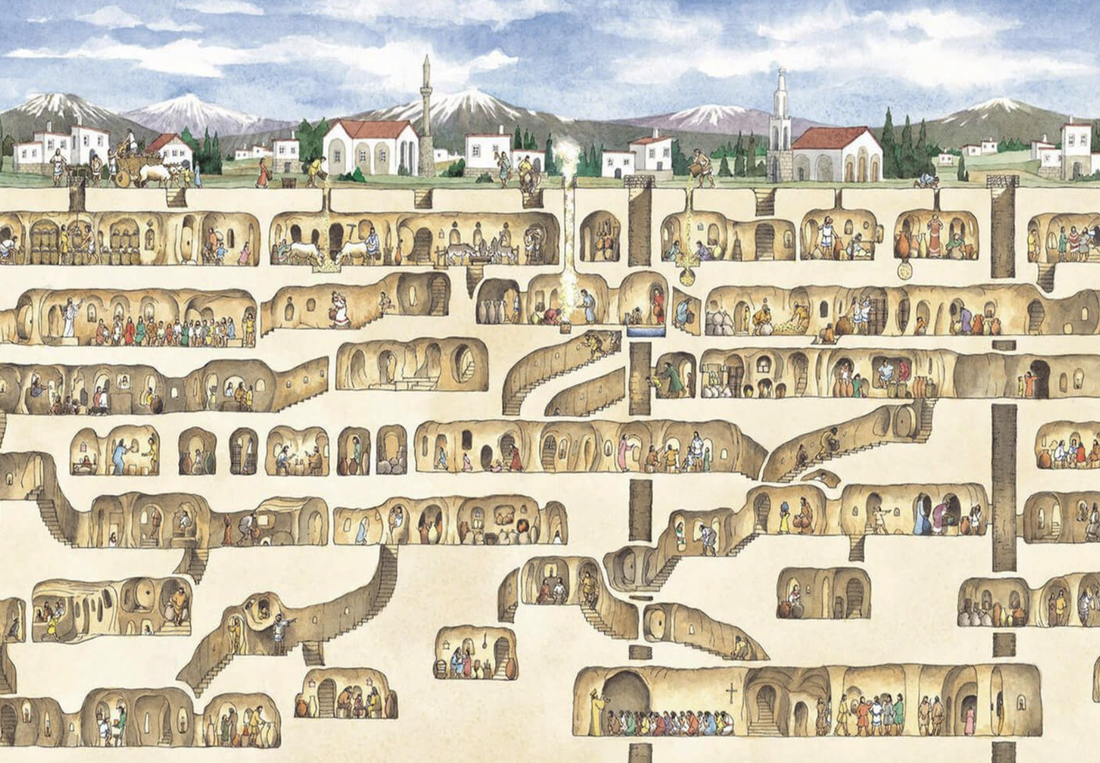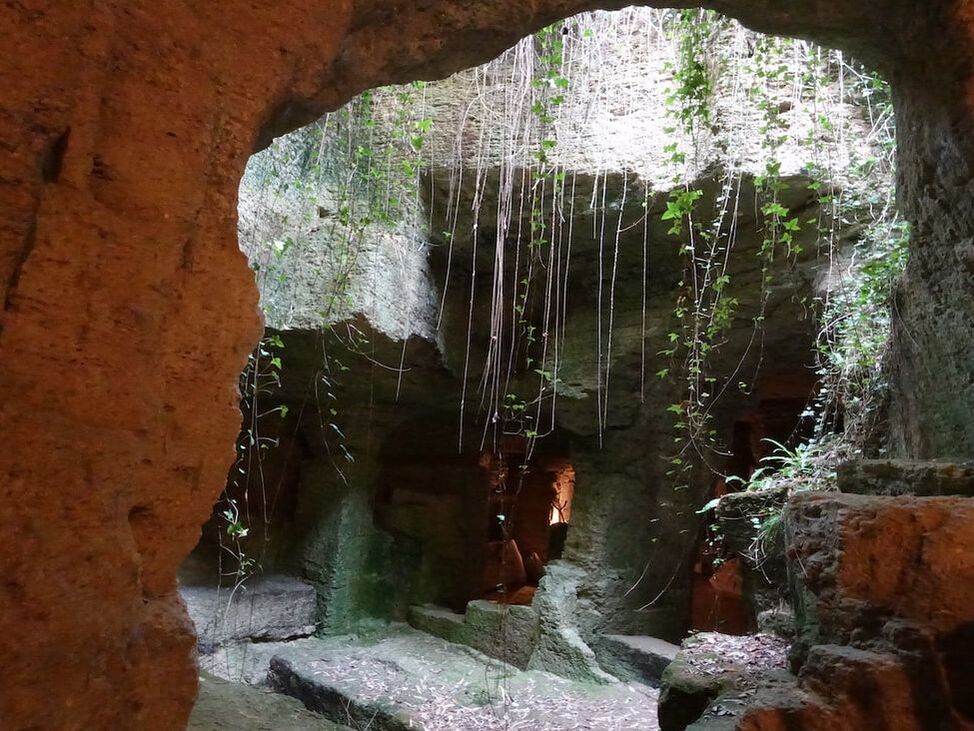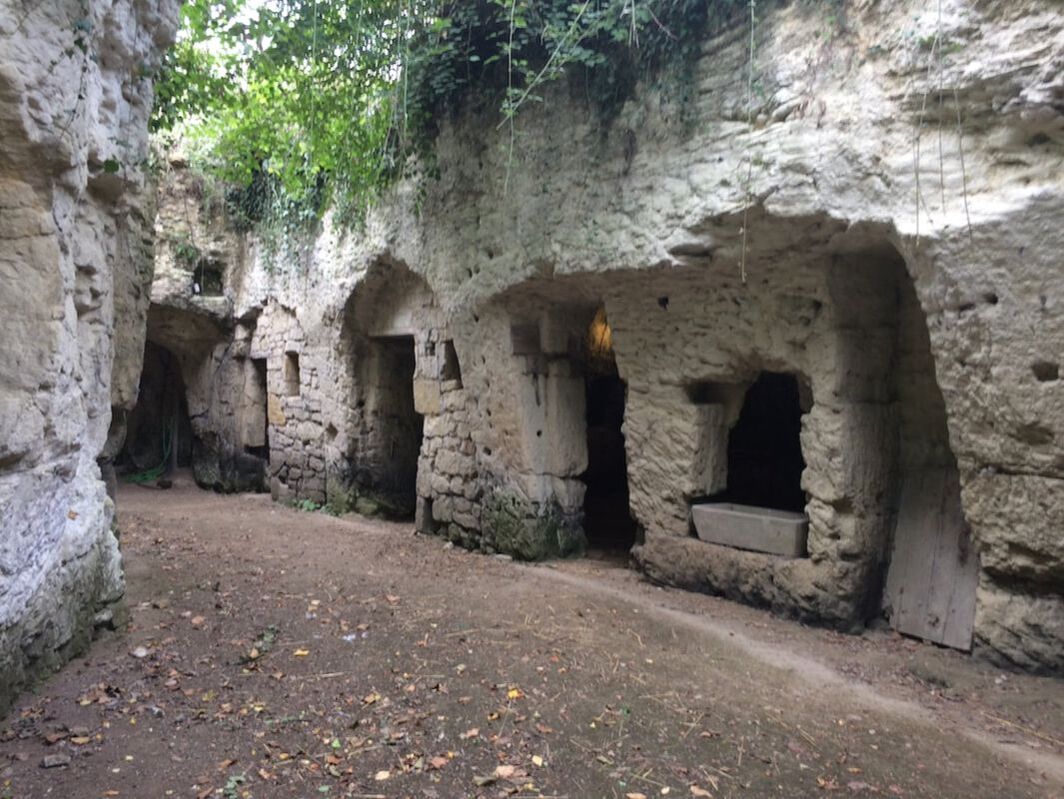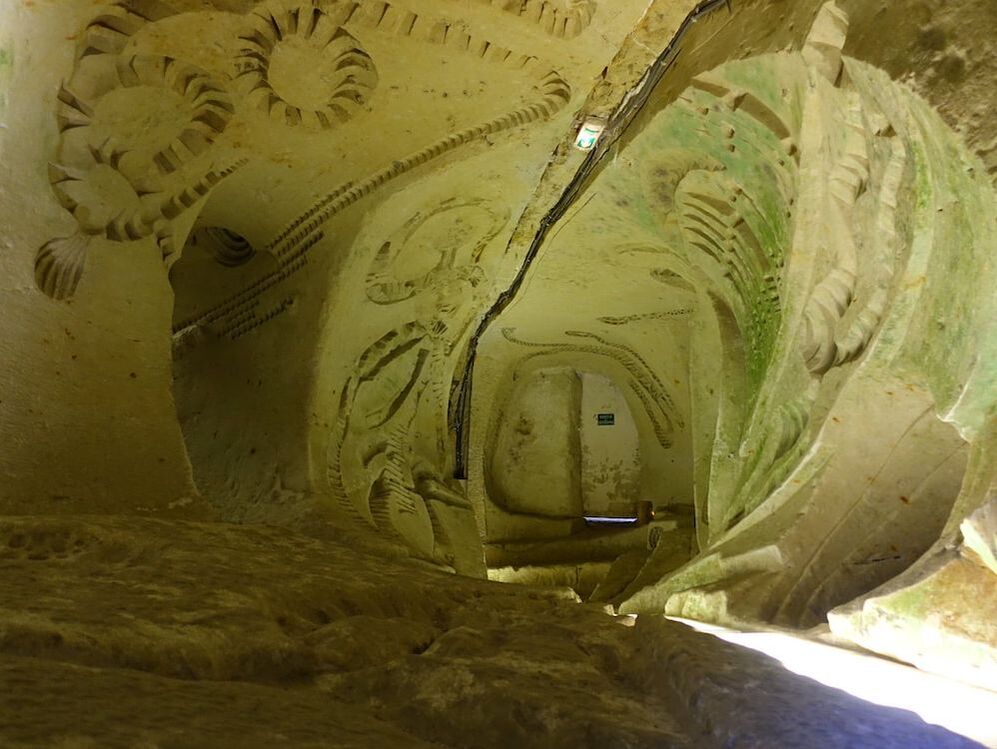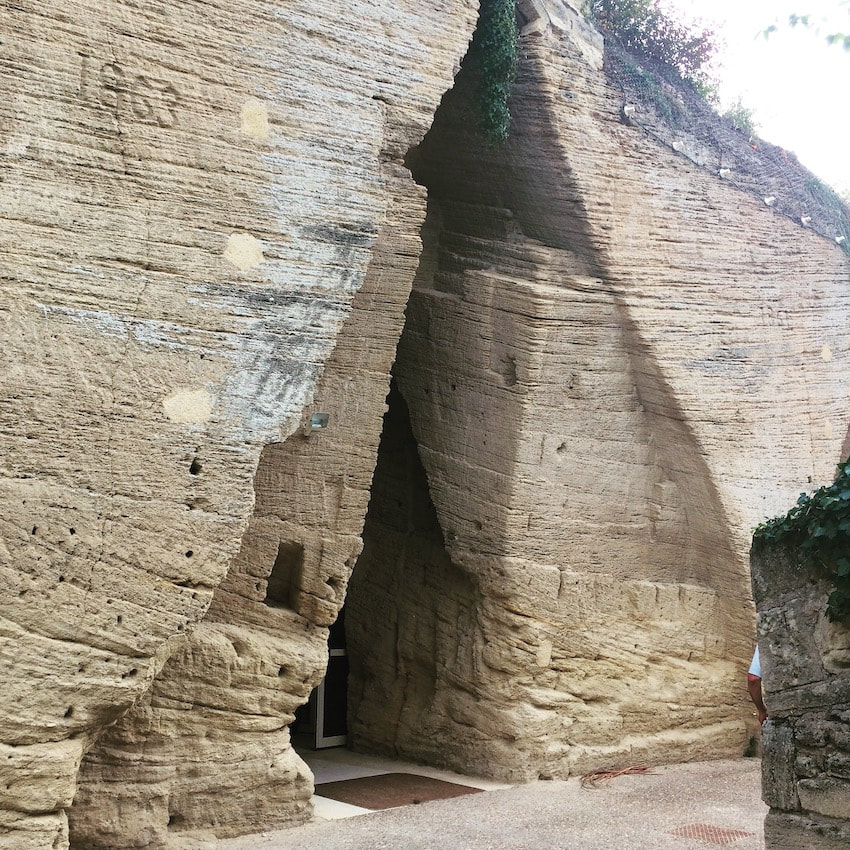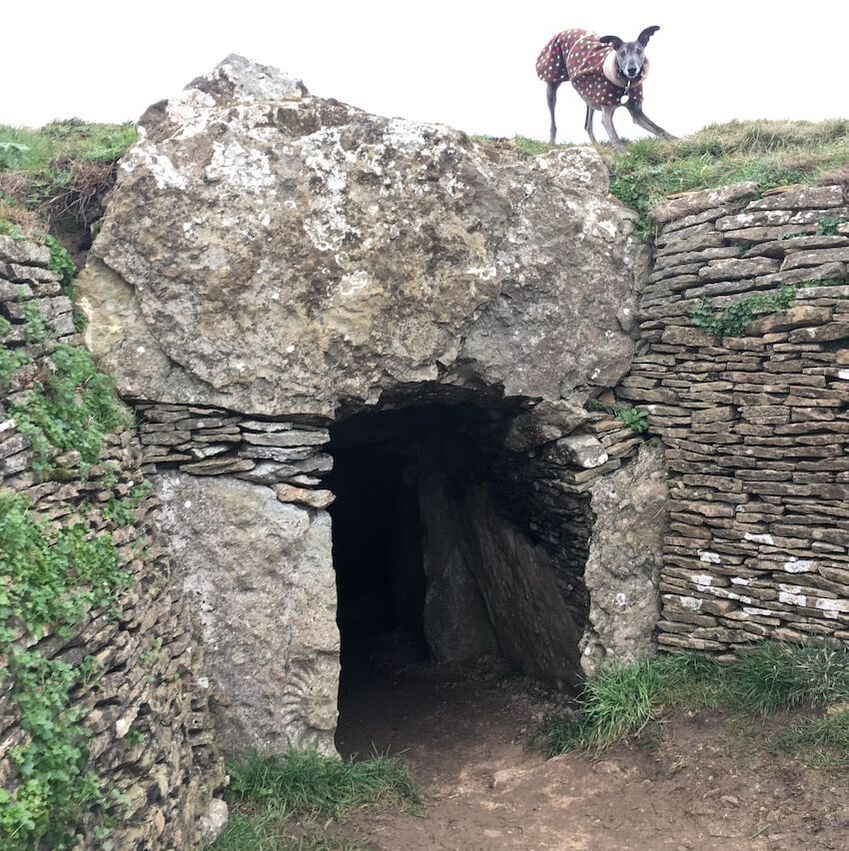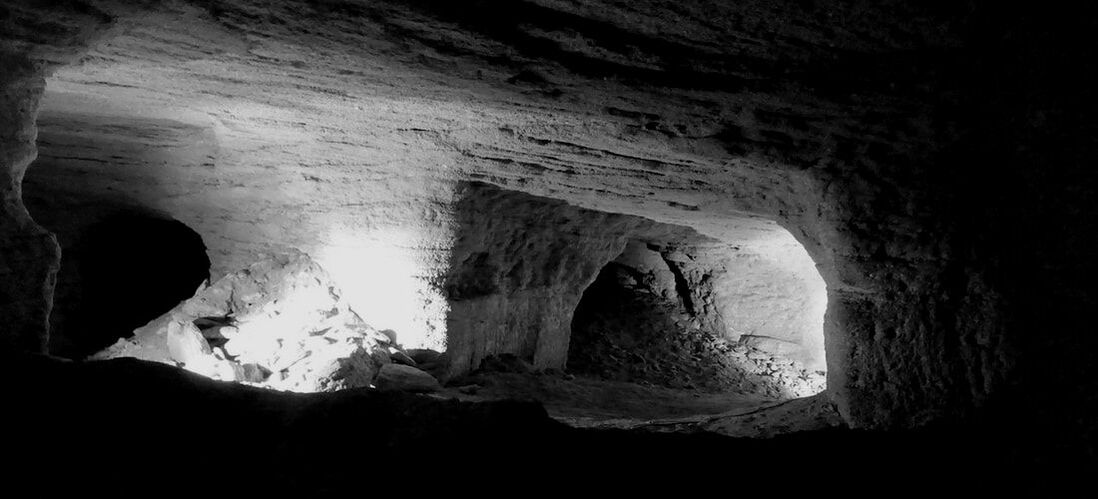Subterranean Living
"...the bunker is a metaphorical space as much as an architectural one: an expression of our 21st century anxieties and insecurities, a reflection of the way we see the world and each other." (Dr Bradley Garrett 2020)
|
Communities have sought refuge underground throughout history in preparation for a wide range of perceived threats. During periods of civil unrest, catastrophic climatic emergencies to more extinction-level events such as nuclear attack, heading underground for many is an instinctual response. In the USA it is estimated around 3.7 million Americans are preparing for such a crisis resulting in a rapidly growing multimillion dollar industry servicing their needs. During 2020 and the international threats of COVID 19 many 'preppers' shut their security doors to observe the unfolding pandemic from the safety of their bunker.
“Prepping is a practice of anticipating and adapting to impending conditions of calamity, ranging from low-level crises to extinction-level events…their goal is to retain security, sustainability and luxury across times of anthropogenic turmoil” (Dr Bradley Garrett 2020) |
|
The ancient city of Elengubu, known today as Derinkuyu located in Turkey. is thoughts to be the largest subterranean city, located over 85m below the surface occupying 18 levels of tunnels providing accommodation for 20,000 residents for a month at a time . It was occupied for thousands of years by various communities including the Phrygians through to the Persians, Byzantine Christians and abandoned during the 1920's by the Cappadocian Greeks following their defeat during the Greco-Turkish war.
|
Troglos et SarcophagesCarriere, France. This is a vast underground quarry, archeological excavations revealed a sarcophagi factory dating from 5th to 8th century.
|
Les Maisons de Forges"House of Forges" Bio Parc, Doué-en-Anjou, France. It is a small troglodytic hamlet where 3 or 4 families were still living at the beginning of the 20th century.
|
L'Hélice TerrestreLoire Valley, France. This is an extraordinary architectural and artistic complex created by Jaques Warminski, 1970-1996
|

